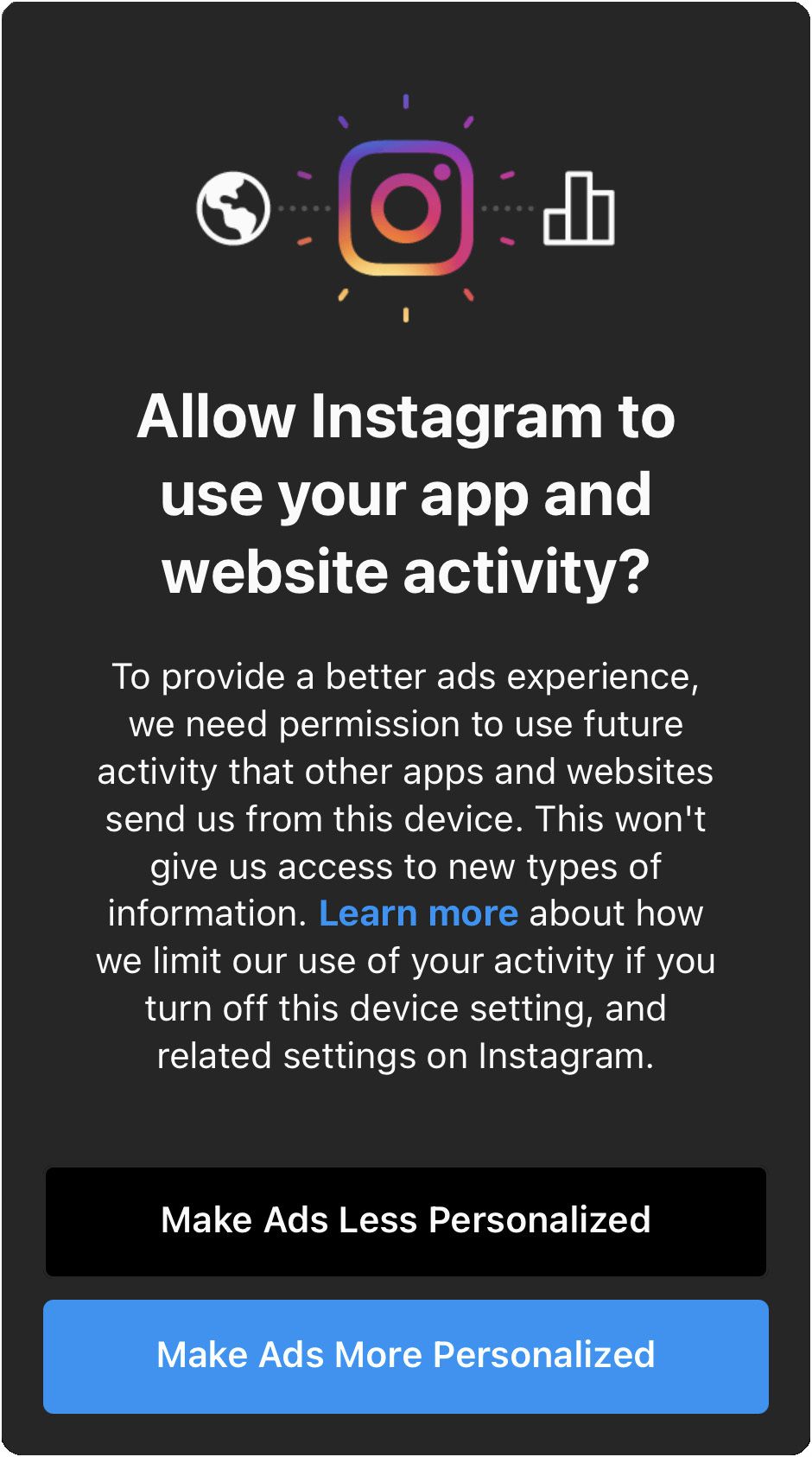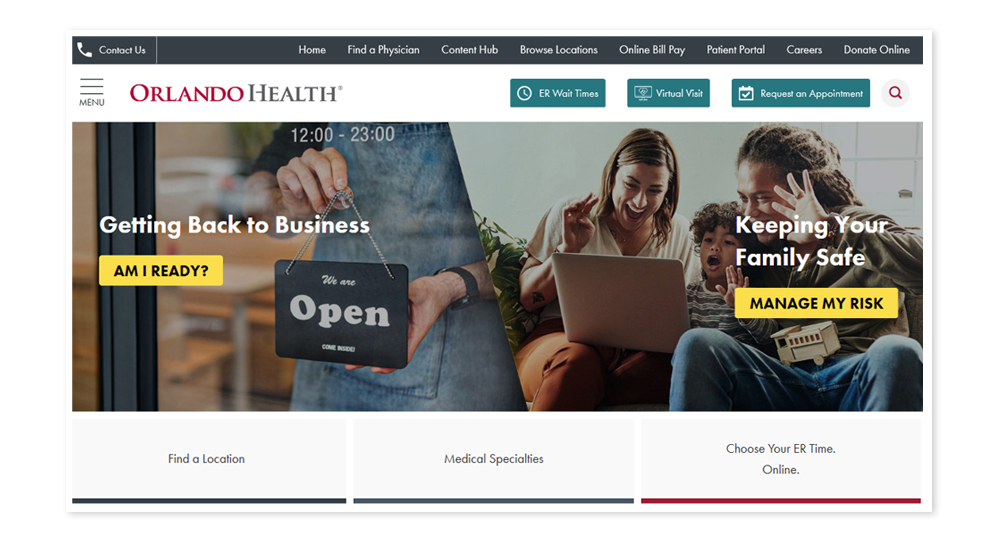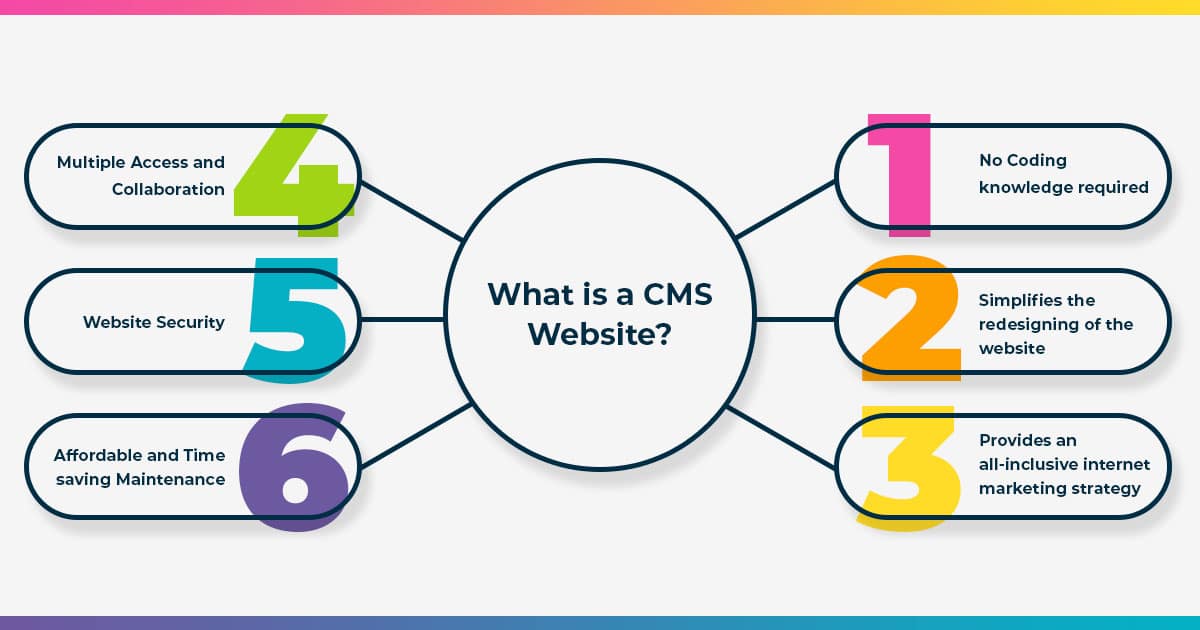
Your website should have a user-friendly UI. This is essential to user-centered design and creating a positive connection with your users. You can create a good user interface by following these guidelines. These guidelines are both well-tested and easily adaptable to new trends.
Timeless UI design
It can be challenging to create a website with timeless appeal and modernity. Many website designs are designed based on current trends. However, it's important to remember that this approach will only work when the design is built on functionality. You can tell when a website is following current trends. Users may be able to see this and decide whether they are serious about the site. Trends can change rapidly on the internet. What looks trendy today may become outdated tomorrow.
Good UI design needs to be consistent and easily used. Each page should have a purpose. All content should be mobile-friendly. This is essential because more than 60% Internet usage happens on mobile devices. It's also important to remember that humans are visual creatures. Good UI design must include visuals.

You can adapt to changing trends
Good UI websites are constantly changing as user experience (UX), design trends change. For example, full-screen visuals are a hot trend. They can quickly grab attention of users and display a wide range of information. These trends are expected not to change until 2022.
Fortunately, good UI designs are adaptable to new trends and meet user expectations, leading to increased conversions and delight. A tool like Hotjar can help you stay on top of new trends and tailor your site accordingly. Hotjar will tell you if you have too many visual elements on your website, which can cause site navigation problems. The minimalistic trend also works well with dark mode and aurora gradients. Scrollytelling, animated 3D renderings and animated scrollytelling are great options.
User-friendly
A user-friendly website is a big plus for search engine optimization. A user-friendly web site makes it easier for visitors on all devices to find information and increases time spent on the site. Also, conversions can be increased by a user-friendly site. SEO must include usability. In fact, search engines are now stressing the importance of user-friendliness in their algorithms. In fact, Google's Page Experience update emphasizes the importance of user-friendliness in a website's SEO.
A well-designed website is user-friendly, intuitive, and visually appealing. The design and navigation of your website is crucial for increasing traffic to your website and increasing sales. Visitors are also increasingly accessing websites through mobile devices. It is important to make your website mobile-friendly.

Consistent
Websites with consistent UI designs are simpler to use and make it easier for users to navigate. This is possible by having a consistent user interface across all platforms. Users don't want to see unexpected behavior changes, which can lead to confusion and hinder their ability learn and trust the interface. Consistent UI websites adhere to the same design principles across platforms and products.
Consistency is also a key to user satisfaction and task completion. Users will be able to quickly navigate a website and complete their tasks efficiently. It should also avoid clutter or other elements that could confuse users. A consistent UI makes it easier to navigate the site's elements. It is important to use the same fonts and navigation patterns across all pages.
FAQ
What Should I Include in My Portfolio?
Your portfolio should consist of all these things:
-
You can also see examples of your previous work.
-
Links to your website (if applicable).
-
You can also find links to your blog.
-
These links will take you to social media websites.
-
Other designers' online portfolios can be found here.
-
Any awards you've been awarded.
-
References.
-
Examples of your work.
-
These links show how to communicate with clients.
-
These are links that show you're open to learning new technologies.
-
Here are some links to show you are flexible.
-
Links that show your personality
-
Videos showing your skills.
Should I hire a web designer or do it myself?
If you're looking to save some money, don’t pay for web designing services. If you need high quality results, it may not be worthwhile to hire someone else to build your website.
You can build websites yourself without paying for professional designers.
If you're willing to put in the time and effort, you can learn how to make a great-looking site yourself using free tools like Dreamweaver and Photoshop.
Consider outsourcing your project to an experienced freelancer web developer who charges hourly instead of per-project.
How To Make A Static Web Site
There are two options available to you when building your first static website.
-
Content Management System (a.k.a. WordPress): You can download this software and install it on your computer. Then you can use it to create an essential website.
-
Creating a Static HTML Website: In this case, you'll need to write your HTML/CSS code. This is easy if you know HTML.
You might consider hiring an expert to design your website if you are planning to build a large site.
Start with option 2.
How to design a website?
It is important to first understand your customers and what your website should do for them. What are your customers looking for?
What problem might they face if your site doesn't have what they are looking for?
You now need to know how to fix the problems. Also, you need to ensure that your website looks professional. It should be easy to use and navigate.
It is important to have a professional-looking website. It shouldn't take too many seconds to load. If it takes too long, people may not be able to stay as long. They will move on to something else.
It is essential to determine where all your products reside before you start building an eCommerce website. Do they all reside in one spot? Are they in one location?
It is important to decide whether you will sell only one product or multiple products at once. Do you want to sell just one type of product or multiple kinds?
Once you have answered these questions, you can begin building your site.
Now it is time for you to concentrate on the technical aspect of things. How will your site work? Will it run fast enough? Are people able to get it done quickly from their computers?
Will people be able to buy something without having to pay extra? Do they need to register in order to buy anything?
These are essential questions that you need to ask yourself. Once you know the answers to these questions, you'll be ready to move forward.
Statistics
- When choosing your website color scheme, a general rule is to limit yourself to three shades: one primary color (60% of the mix), one secondary color (30%), and one accent color (10%). (wix.com)
- The average website user will read about 20% of the text on any given page, so it's crucial to entice them with an appropriate vibe. (websitebuilderexpert.com)
- It's estimated that chatbots could reduce this by 30%. Gone are the days when chatbots were mere gimmicks – now, they're becoming ever more essential to customer-facing services. (websitebuilderexpert.com)
- Did you know videos can boost organic search traffic to your website by 157%? (wix.com)
- At this point, it's important to note that just because a web trend is current, it doesn't mean it's necessarily right for you.48% of people cite design as the most important factor of a website, (websitebuilderexpert.com)
External Links
How To
Drupal 7: How to Use It for Web Design
Drupal is one of most well-known Content Management Systems (CMS), available today. It was originally developed by DriesBuytaert (Belgium) in 2003. The name of the site is derived by Dirk Buijtewaard's surname and Pierre d'Herbemont's surname. Drupal was opened source in 2005. Since then there have been many versions. Drupal is widely used today by companies and websites around the globe.
Drupal is extremely popular among website owners due to several reasons. Drupal is free to download, and easy to install. It's also very easy to customize it and extend it. Third, it is well-documented. Fourth, forums and IRC channels provide great support. Fifth, it is extensible via modules. Sixth, it supports multiple languages. It is easy to customize. Eighth, it's scalable. Ninth, it is secure. Tenth, its reliability is assured. Finally, it is supported and maintained by the community. Drupal is the perfect choice for your next projects because of these features.
You might be asking yourself what makes Drupal so different from other CMS systems. It is easy to answer. Drupal is an open source content management system. Drupal is free and open-source content management system. With Drupal, you have complete control over your website. You have complete control over your website. You can add or delete pages.
Drupal is a good choice if you don't have the technical skills to build a website. Drupal is a CMS that doesn't require programming skills. Learn how Drupal works. You will then be able modify your website to suit your needs.
Drupal's many pre-built themes, and plugins are another benefit. These plugins can be used to improve your site's functionality. You can use Contact Form to gather visitor information. Google Maps also allows you to display Google Maps on your website. There are thousands of ready-made templates that come with Drupal. These templates will give your website a professional appearance.
Drupal is flexible, too. Drupal allows you to add modules or replace existing ones, without worrying about compatibility issues. If you need to integrate social media in your website, it can be done quickly. You can also create RSS feeds and e-mail subscriptions.
In addition, Drupal is highly customizable. Drupal offers many options for customization, including the ability to create custom fields or forms and manage users. Drupal can be used to create complex layouts.
Finally, Drupal is robust and reliable. It is reliable, stable, and can be scaled. It also offers great security features. Drupal is a solid web development platform.